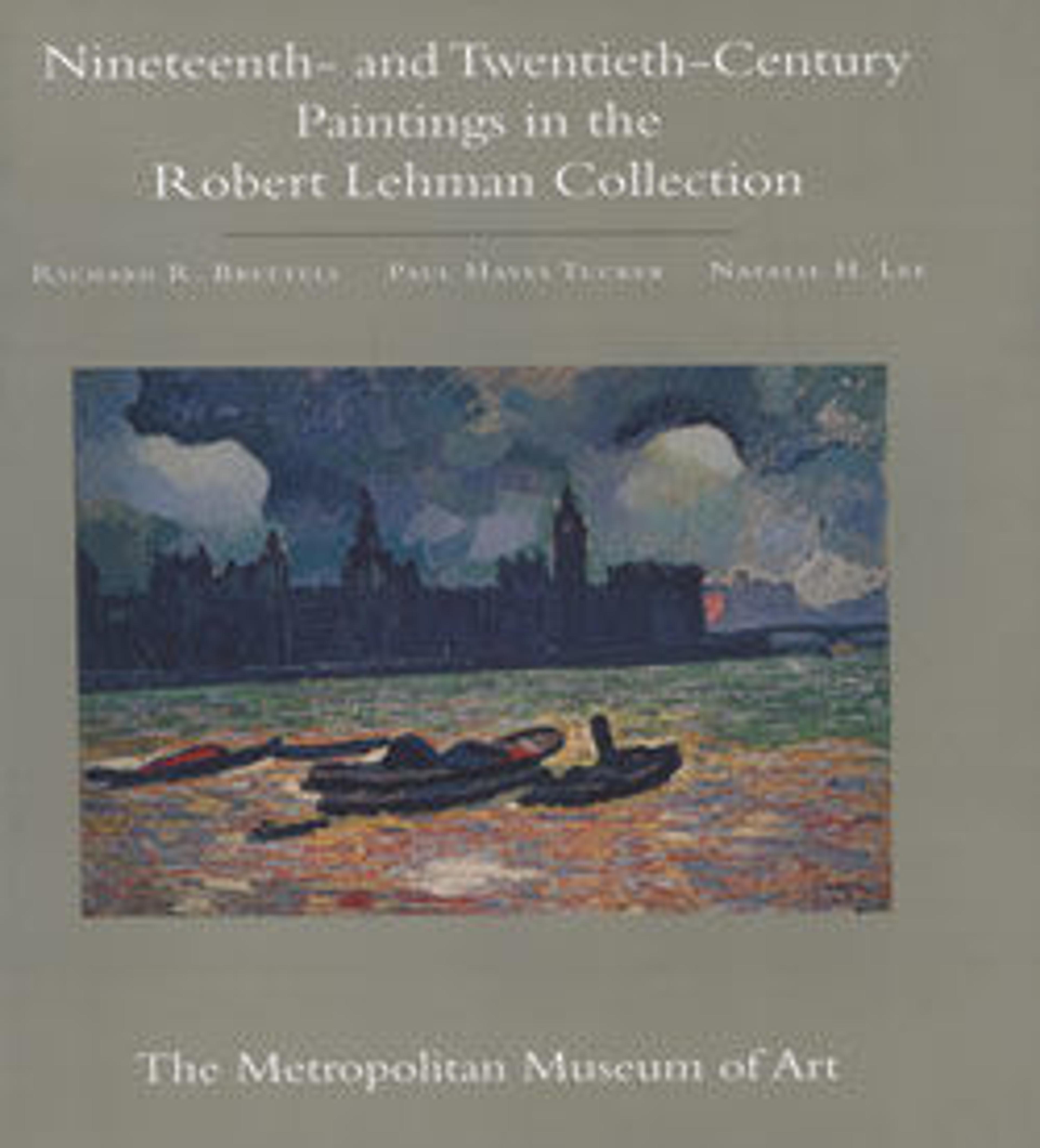Aretino in the Studio of Tintoretto
This small oil painting depicts an interaction between the artist Tintoretto and the literary critic and satirist Pietro Aretino, two cultural figures of sixteenth century Venice. The episode, real or apocryphal, was originally documented by Carlo Ridolfi in his Life of Tintoretto (1642). Ingres portrays the moment when Tintoretto feigns violence towards Aretino, whom he had invited to his studio to sit for a portrait. Aretino, shown in the pose of the martyr St. Francis receiving the stigmata, momentarily fears danger before recognizing the gesture as Tintoretto’s playful revenge for Aretino’s criticism of his work.
Painted in 1848 for Marcotte Genlis, this picture is Ingres’s second version of the subject, the original dating to 1815. Ingres frequently copied his own paintings in an effort to improve upon his representations of often unconventional narratives.
Painted in 1848 for Marcotte Genlis, this picture is Ingres’s second version of the subject, the original dating to 1815. Ingres frequently copied his own paintings in an effort to improve upon his representations of often unconventional narratives.
Artwork Details
- Title: Aretino in the Studio of Tintoretto
- Artist: Jean Auguste Dominique Ingres (French, Montauban 1780–1867 Paris)
- Date: 1848
- Medium: Oil on canvas
- Dimensions: 17 3/8 x 14 1/8 in
- Classification: Paintings
- Credit Line: Robert Lehman Collection, 1975
- Object Number: 1975.1.185
- Curatorial Department: The Robert Lehman Collection
More Artwork
Research Resources
The Met provides unparalleled resources for research and welcomes an international community of students and scholars. The Met's Open Access API is where creators and researchers can connect to the The Met collection. Open Access data and public domain images are available for unrestricted commercial and noncommercial use without permission or fee.
To request images under copyright and other restrictions, please use this Image Request form.
Feedback
We continue to research and examine historical and cultural context for objects in The Met collection. If you have comments or questions about this object record, please complete and submit this form. The Museum looks forward to receiving your comments.
